When considering a moped-style electric bike, legal factors hinge on motor power, top speed, and control method, which determine classification as an e-bike, moped, or motorcycle. Compliance involves adhering to licensing, registration, insurance, and riding restrictions that vary by state and locality, making thorough local law research essential before purchasing or riding.
How Does Motor Wattage Influence the Legal Classification of a Moped-Style Electric Bike?
Motor wattage is a primary determinant: federal guidelines typically limit e-bikes to 750 watts continuous power. Exceeding this can reclassify the bike as a motor vehicle like a moped or motorcycle, subject to stricter regulations including licensing, registration, and insurance requirements.
What Speed Limits Affect the Classification and Use of Moped-Style E-Bikes?
Class 1 and 2 e-bikes generally limit motor assistance to 20 mph, while Class 3 models assist up to 28 mph. Moped-style bikes often exceed these thresholds (sometimes up to 30+ mph), meaning they fall outside e-bike classifications and are regulated similarly to mopeds or motorcycles.
Which Control Types (Throttle vs. Pedal Assist) Impact Legal Status of These Bikes?
Federal law mandates operable pedals for e-bike classification. Class 1 and Class 3 bikes use pedal assist only, while Class 2 e-bikes also have throttle systems capped at 20 mph. Fully throttle-operated bikes without functional pedals typically count as mopeds or motor-driven cycles, subject to motor vehicle laws.
How Do Licensing, Registration, and Insurance Requirements Vary for Moped-Style E-Bikes?
Most Class 1 and 2 e-bikes do not require licenses or registration, but Class 3 and moped-style bikes often require rider licensing, vehicle registration with DMV, license plates, and liability insurance. These requirements protect riders and other road users but differ widely across states.
What Are Typical Riding Restrictions Based on Classification?
Class 1 and 2 e-bikes frequently gain access to multi-use paths and bike lanes. Class 3 e-bikes are generally restricted to roads and on-street lanes, often banned from trails. Mopeds typically cannot use bike paths or sidewalks and must comply with traffic laws similar to motorcycles.
When Might Local Ordinances Impose Additional Restrictions?
Cities and counties may add more restrictive rules than state laws, banning sidewalk riding or limiting e-bike speeds and access areas. Always check local ordinances, as municipal rules can significantly affect where and how you may ride.
Where Should You Research Specific State and Local E-Bike and Moped Laws?
State DMV websites and official transportation departments provide clear regulatory frameworks. Online tools like PeopleForBikes’ state law tracker can help understand regional differences. Consulting local bike shops or legal counsel ensures precise compliance.
How Does Helmet Use Factor into Legal Requirements for These Bikes?
Helmet laws vary but usually mandate helmets for Class 3 e-bike riders and all moped or motorcycle operators. Regardless of law, wearing helmets is a crucial safety measure to protect against injuries.
Buying Tips
When selecting a moped-style electric bike, verify that its motor wattage and speed comply with federal and local limits to avoid reclassification. Understand your area’s licensing, registration, and insurance obligations. Choose e-bikes with clear labeling of specs and favor reputable brands for reliable legal compliance and warranty support. Check local riding restrictions and always wear certified helmets. Test-ride to ensure comfort, control, and suitability for your legal riding environment.
TST EBike Expert Views
“TST EBike understands that legal clarity is vital for moped-style e-bike owners. We encourage riders to consider motor power and speed carefully, respecting the many nuances in state and local regulations. Our models are engineered to meet these legal thresholds while delivering powerful performance. Education on licensing, registration, and safe riding practices complements our commitment to advancing e-bike accessibility and safety in today’s diverse traffic environments.”
Frequently Asked Questions
Can a moped-style electric bike be registered as an e-bike?
Only if it meets motor power and speed limits defined for e-bikes; otherwise, it may require motor vehicle registration.
What license do I need to ride a moped-style e-bike?
If classified as a moped or motorcycle, a driver’s license or endorsement is typically required; Class 1 and 2 e-bikes often need none.
Are insurance and license plates needed?
Yes, for mopeds or motorcycles; most e-bikes (Class 1 and 2) do not require insurance or plates.
Can I ride my moped-style e-bike on bike paths?
Not always—Class 1 and 2 e-bikes generally can, while mopeds are often restricted to roads only.
Is modifying my moped-style e-bike legal?
Modifications that increase speed or power beyond legal limits are illegal and can lead to penalties.

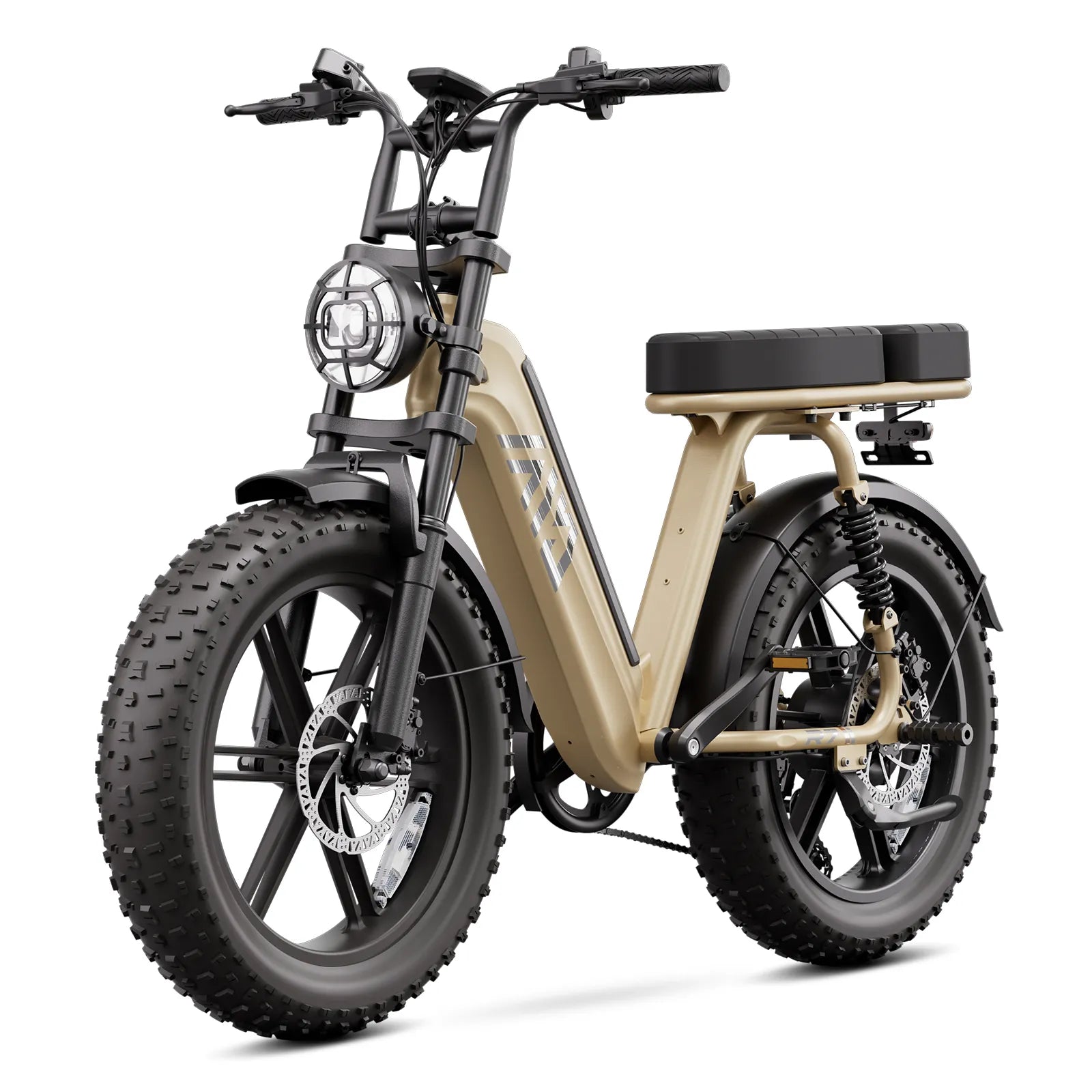
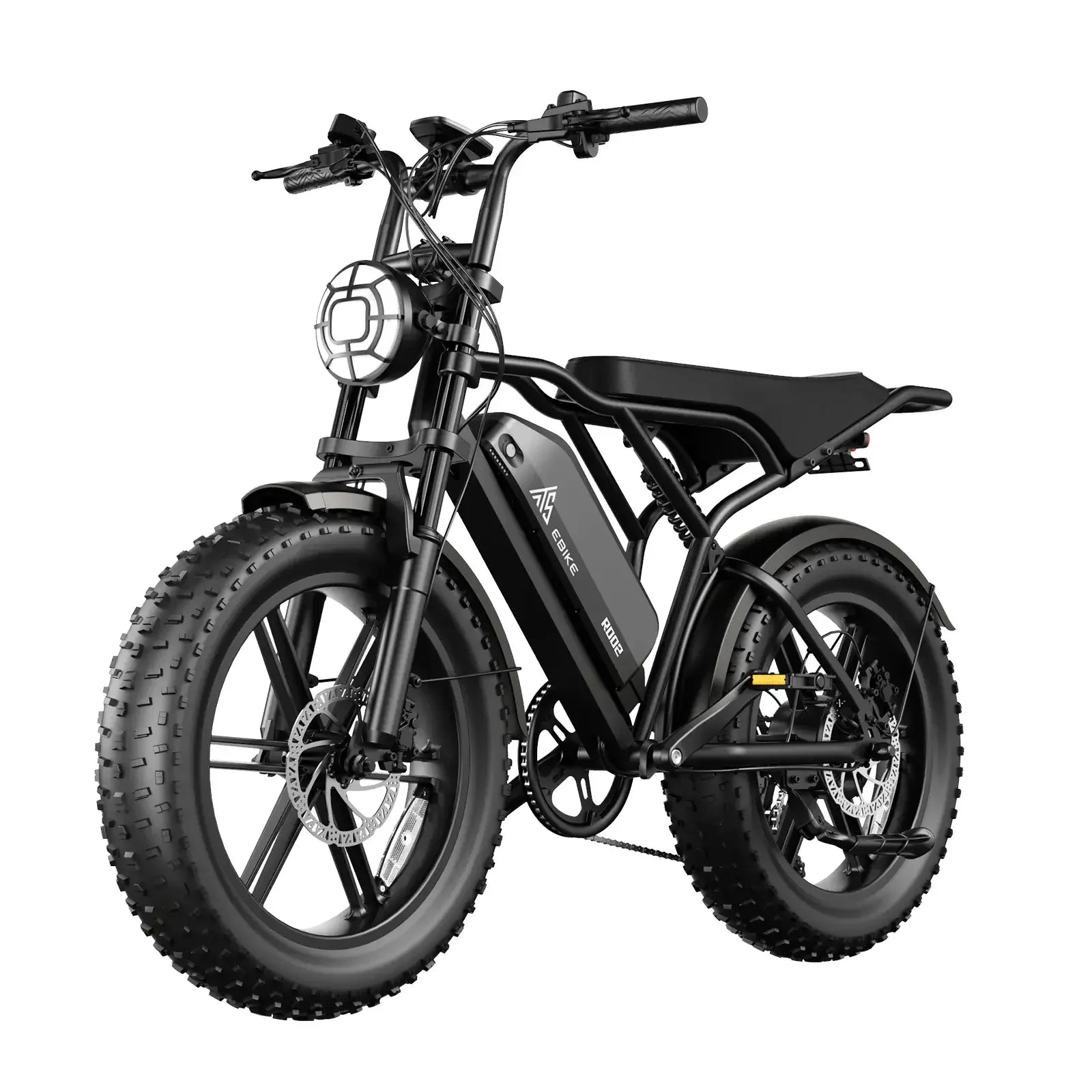
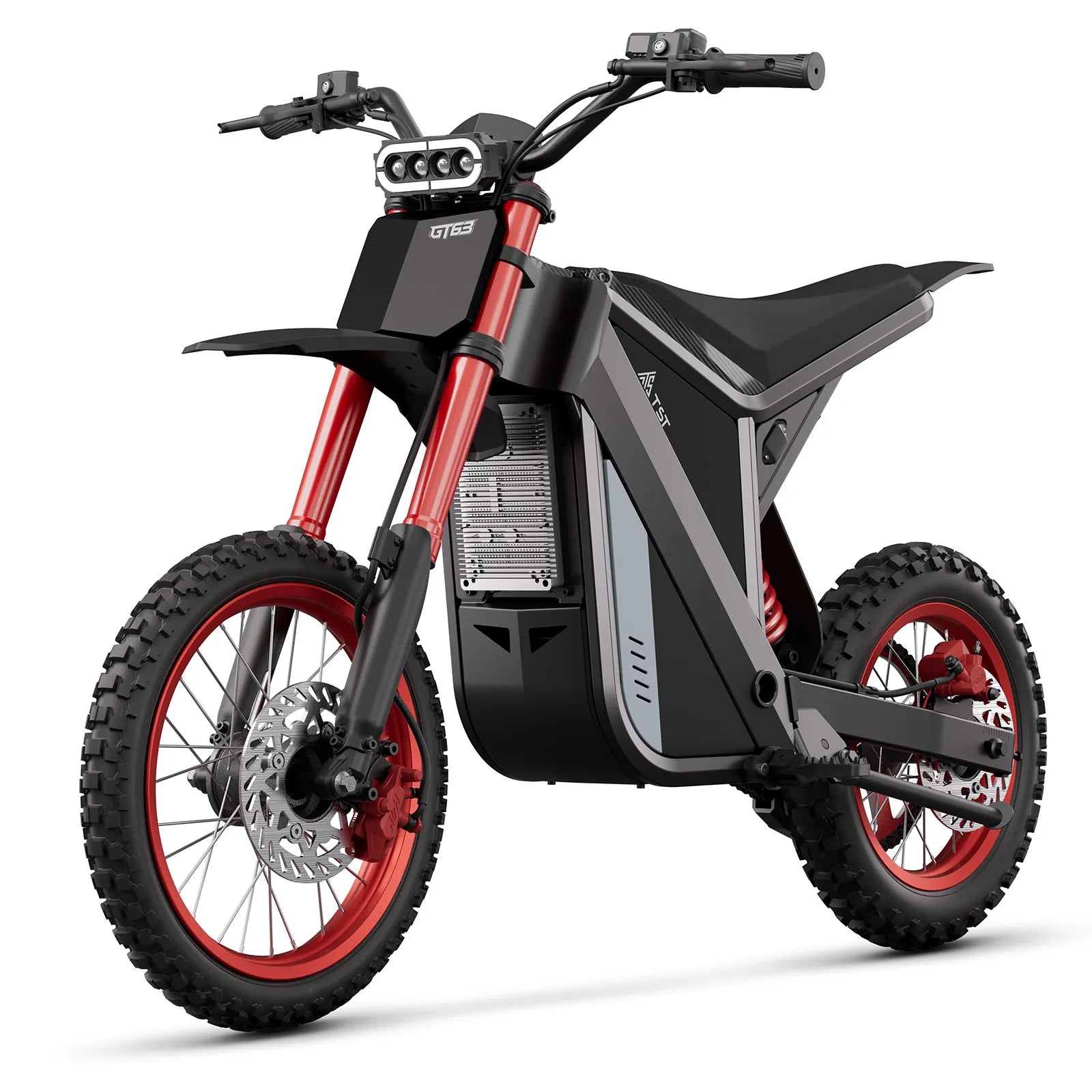
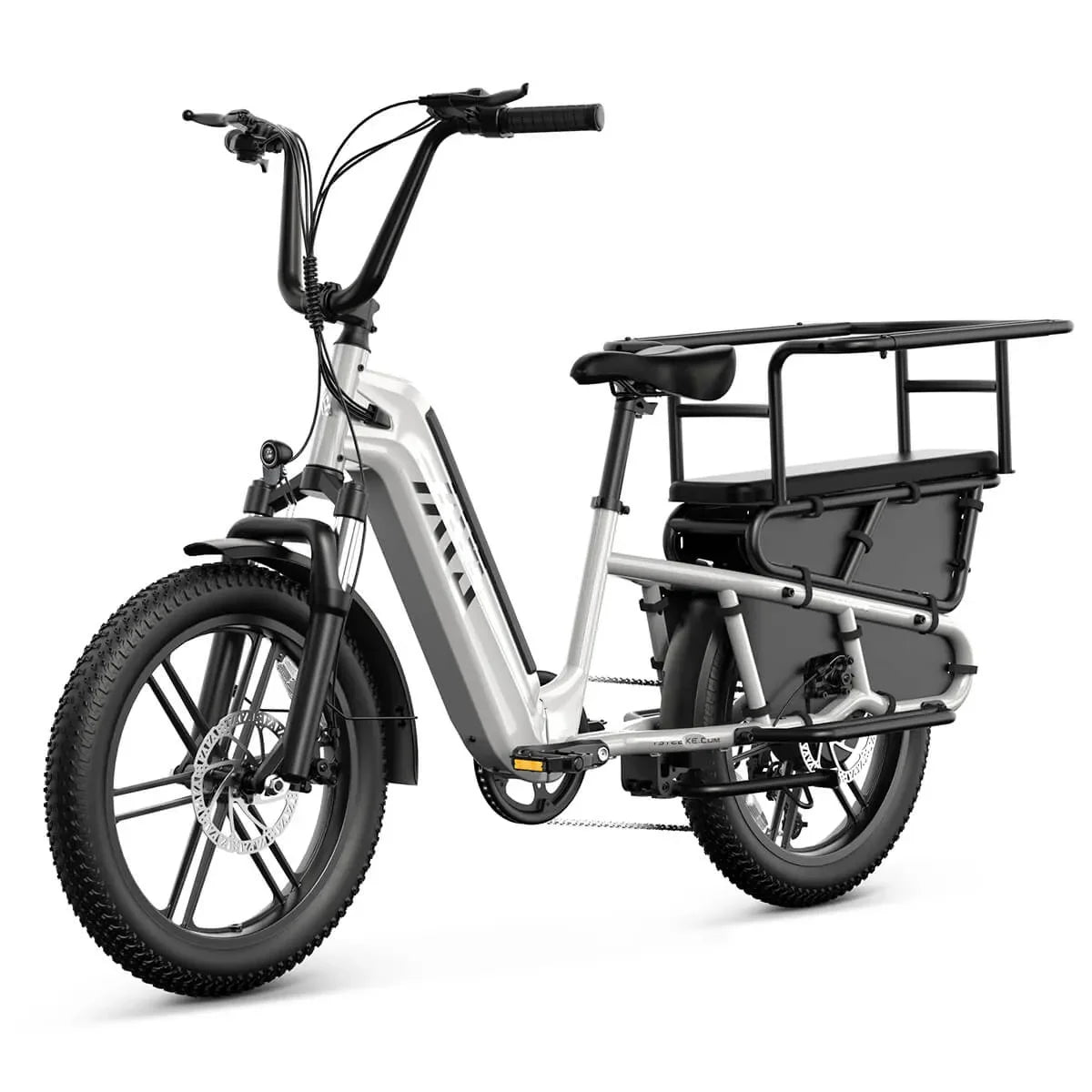
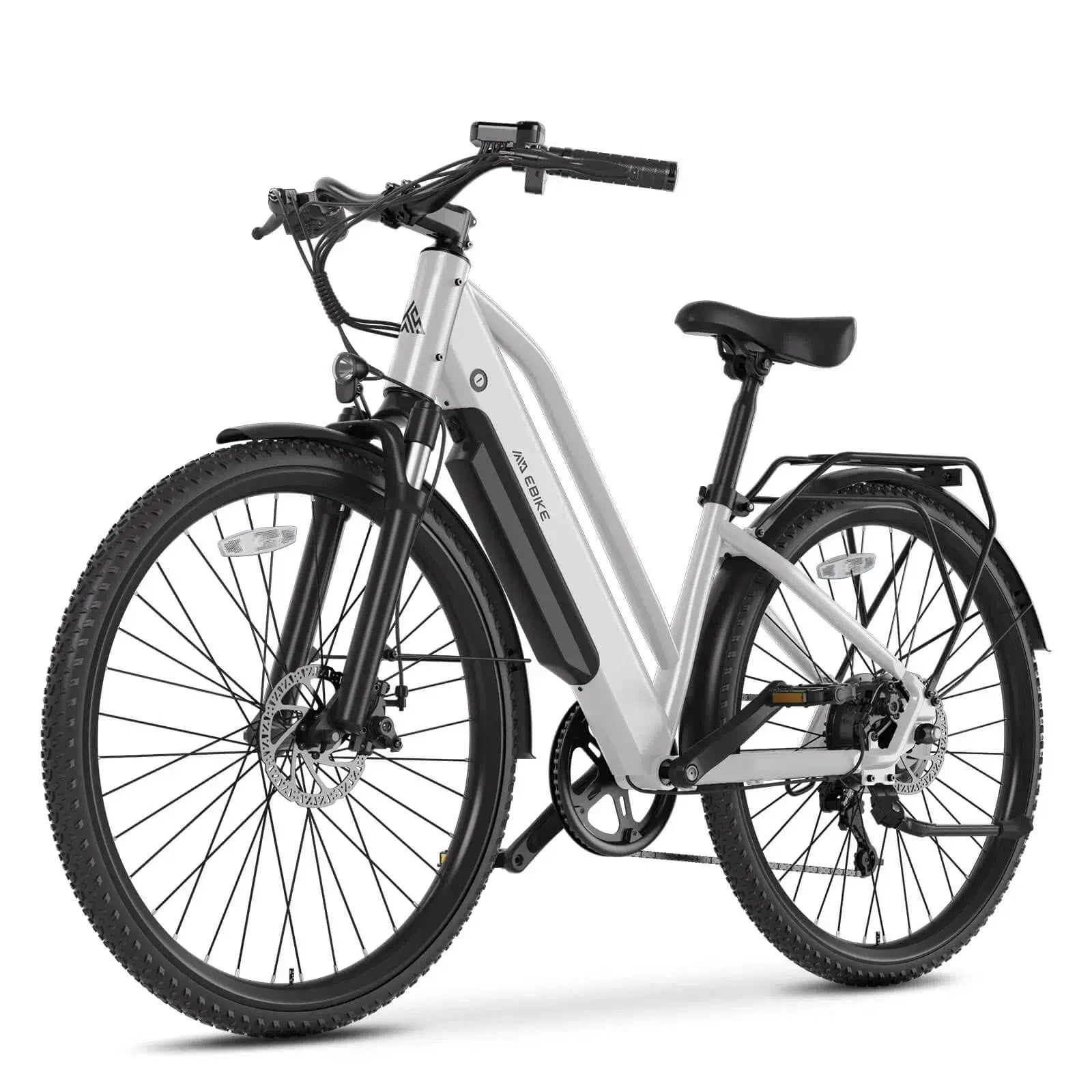
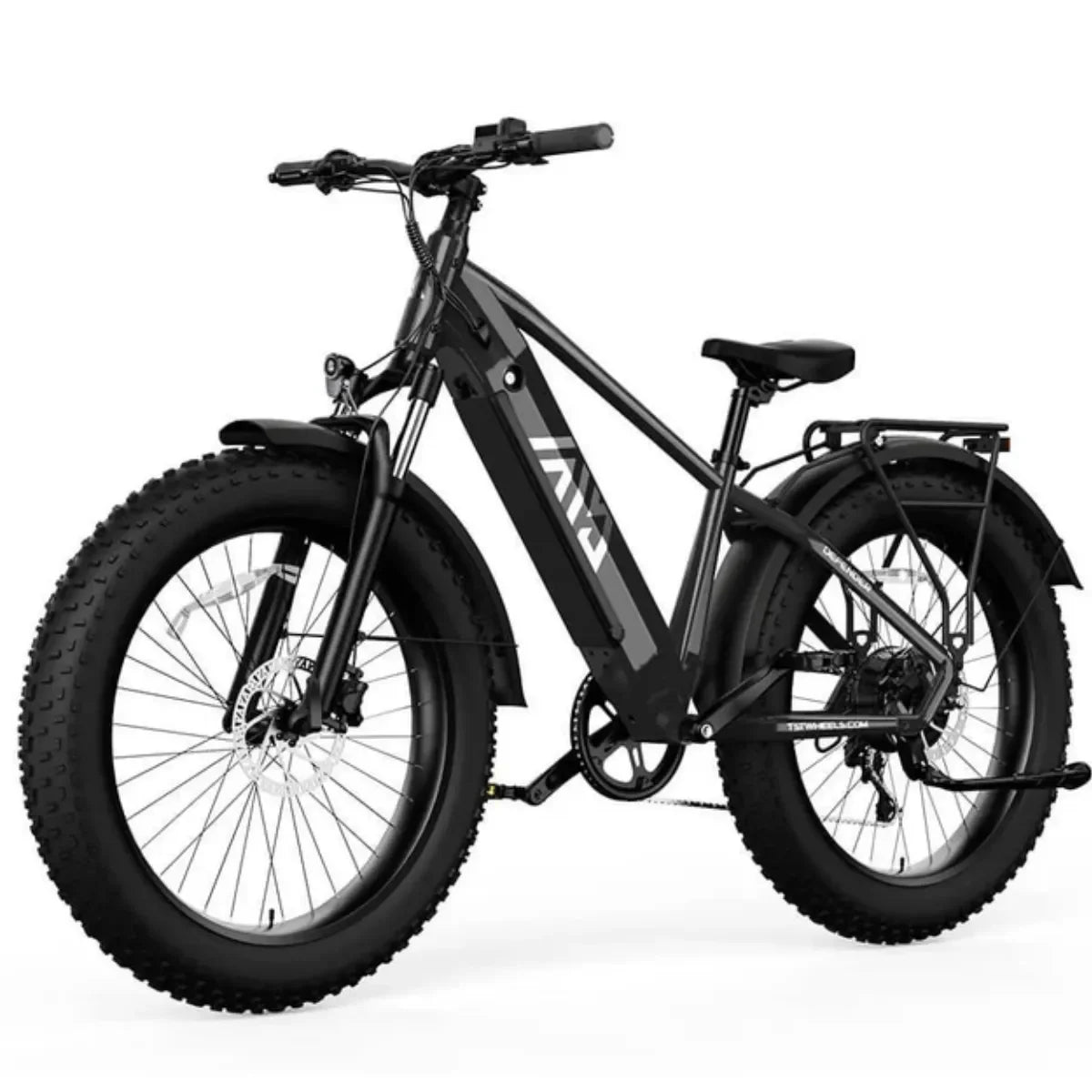
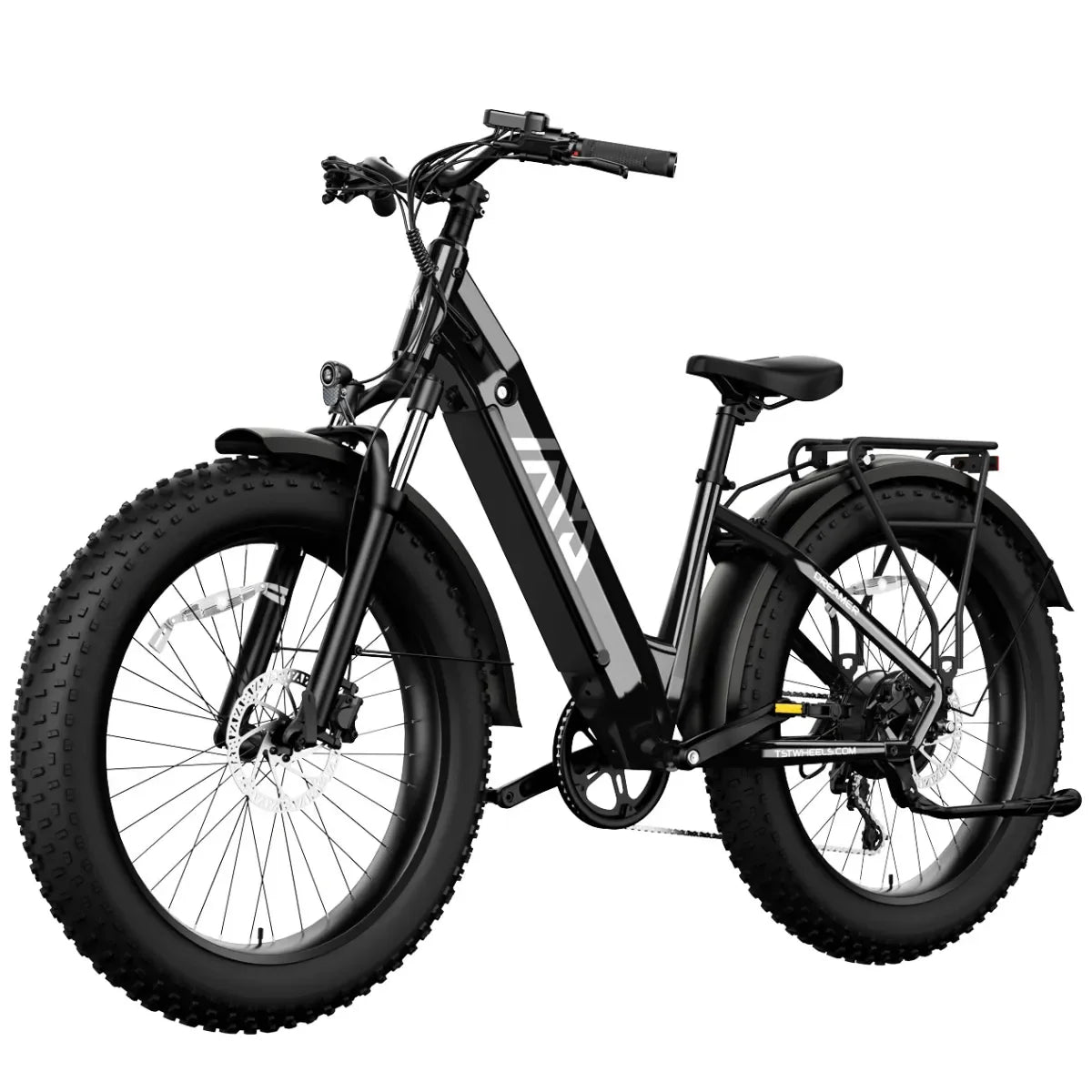
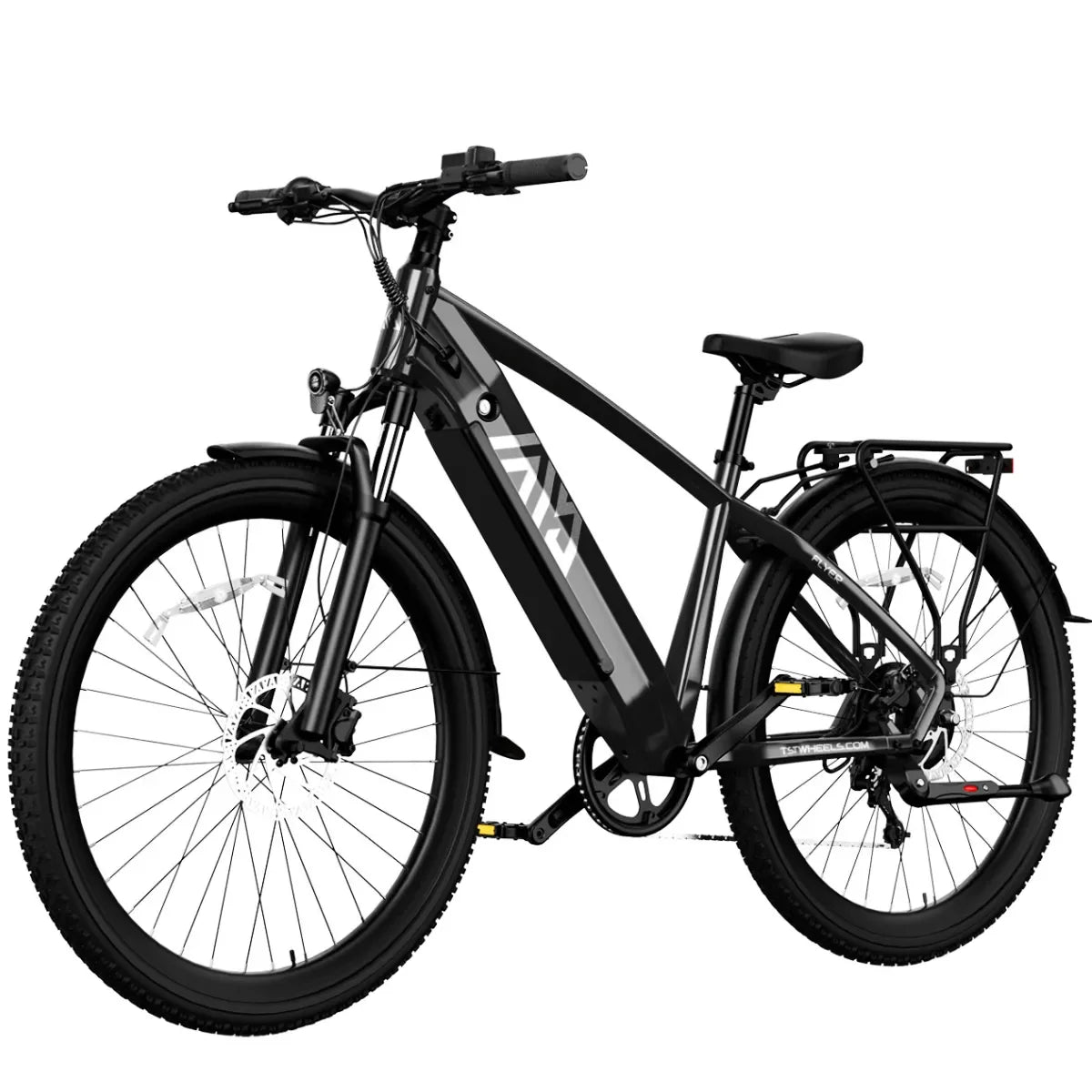
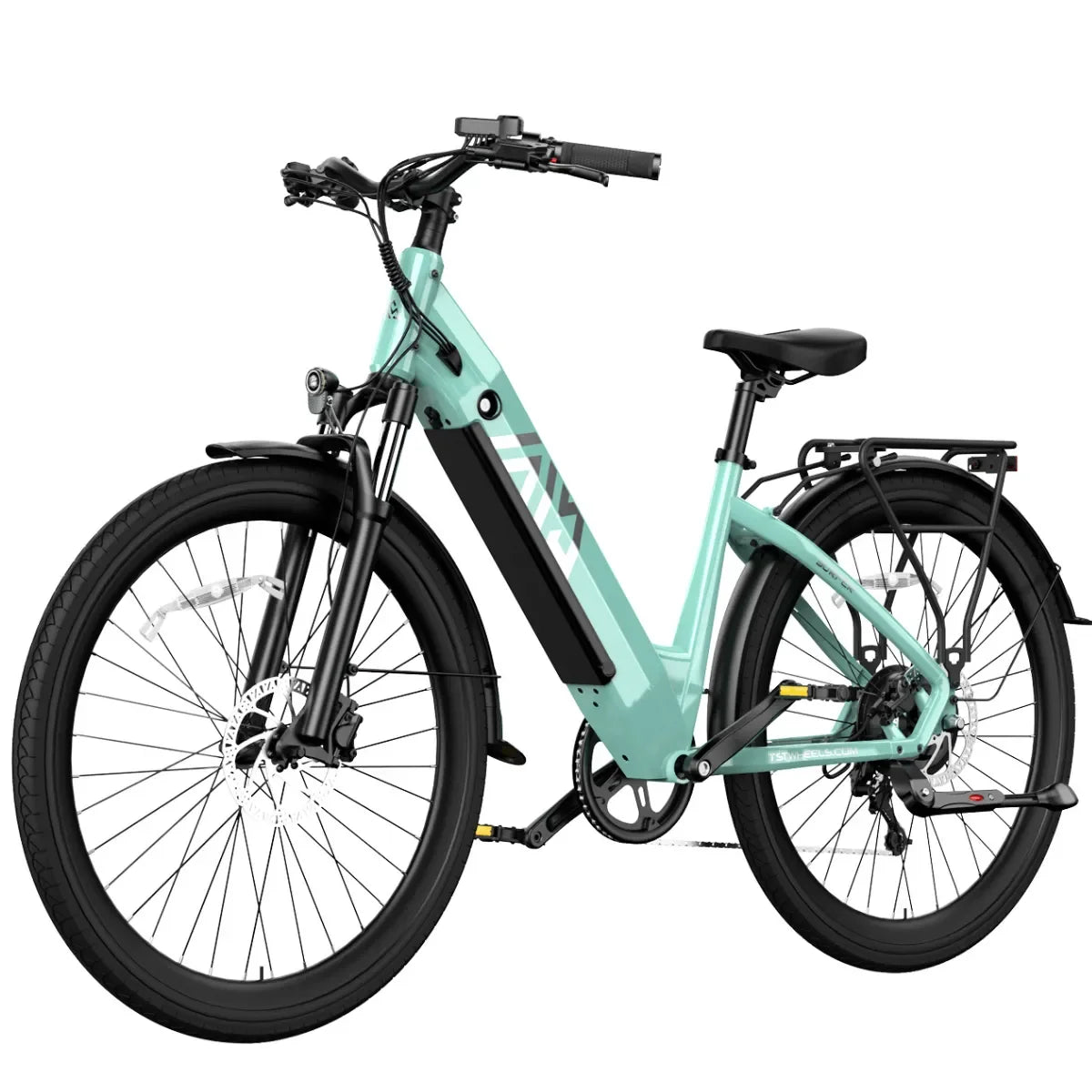
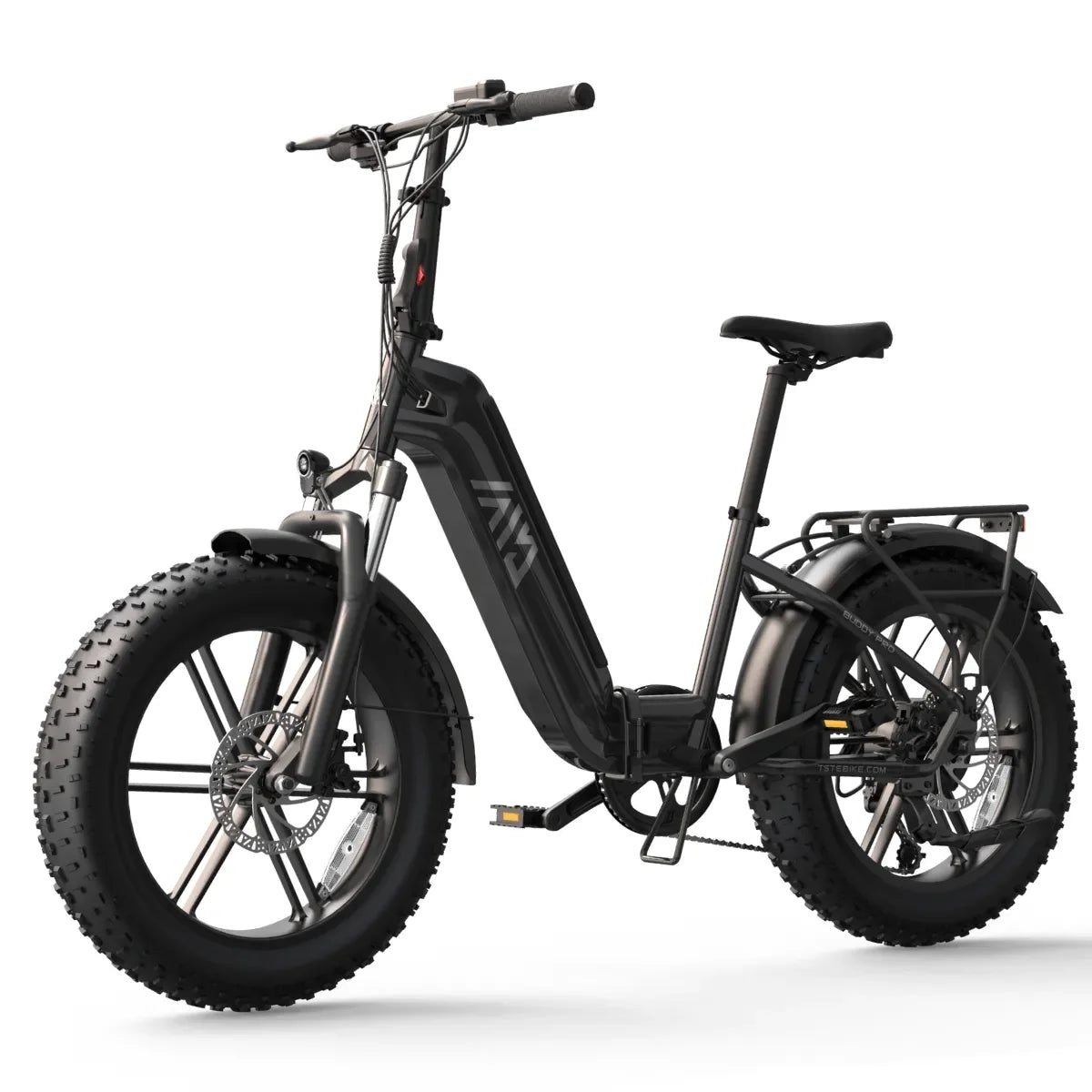
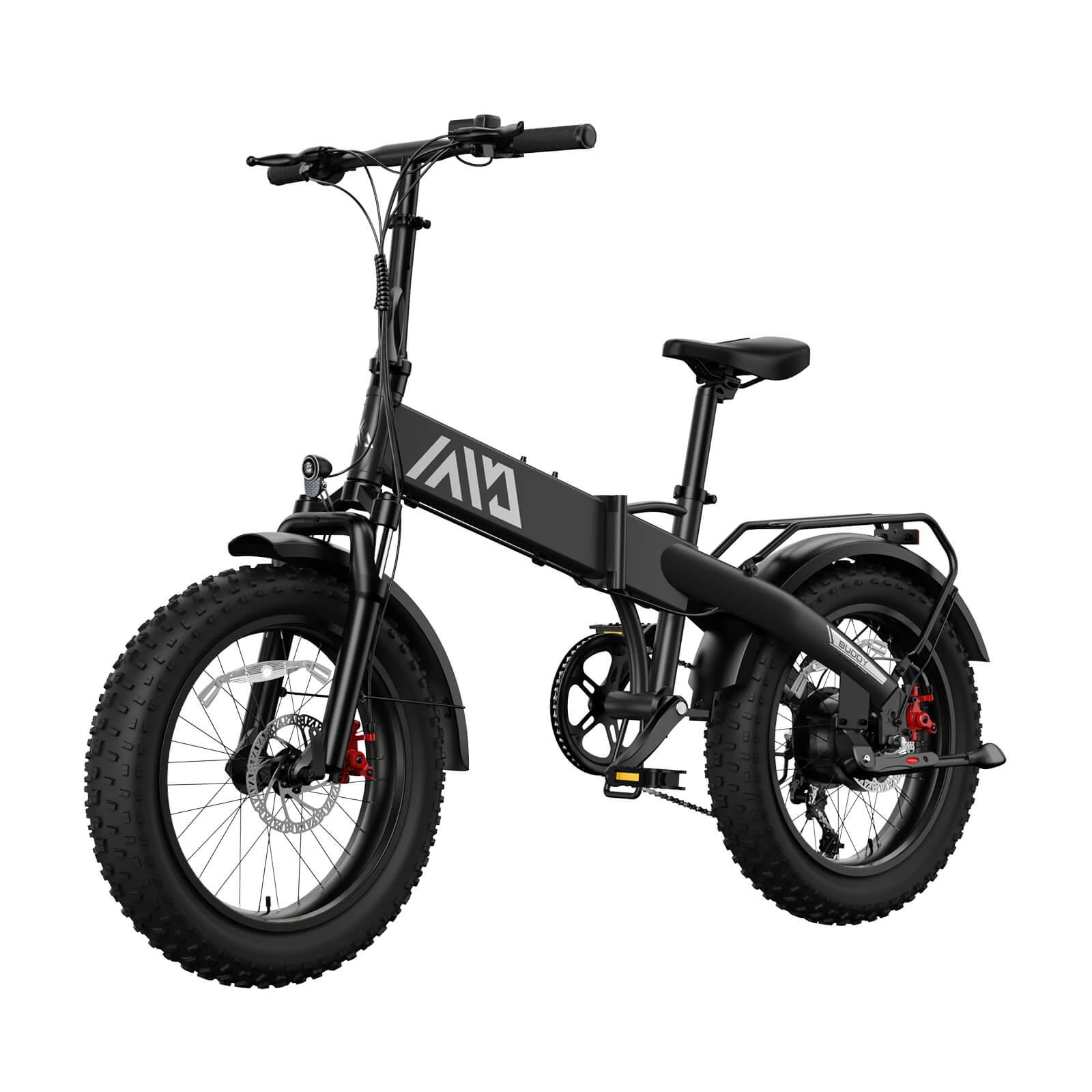
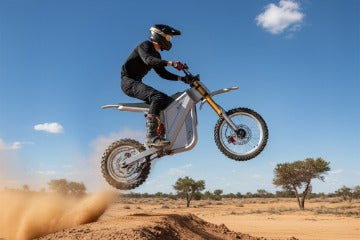
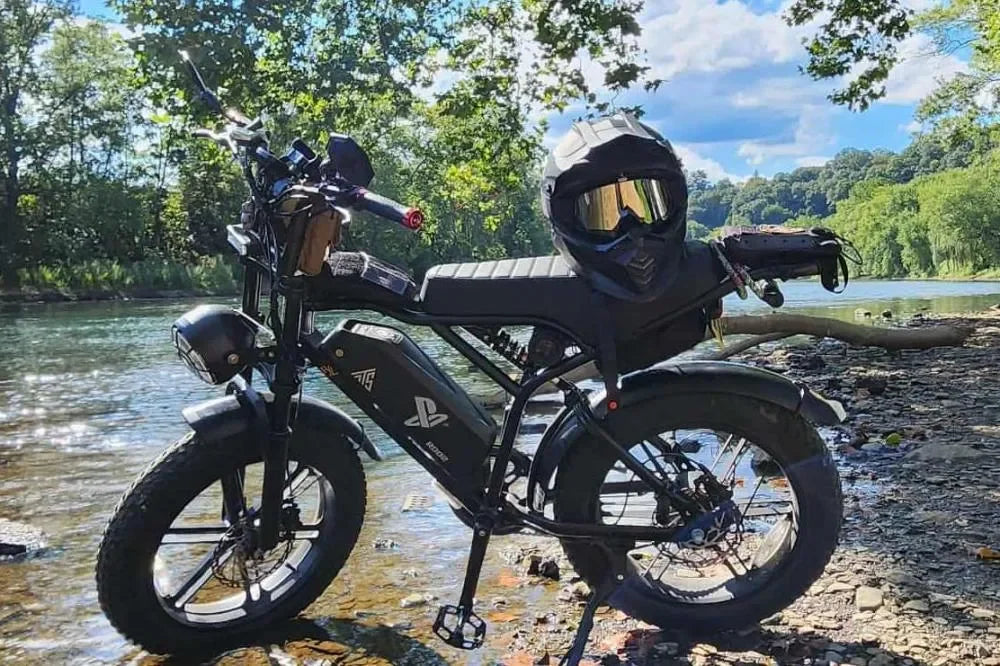
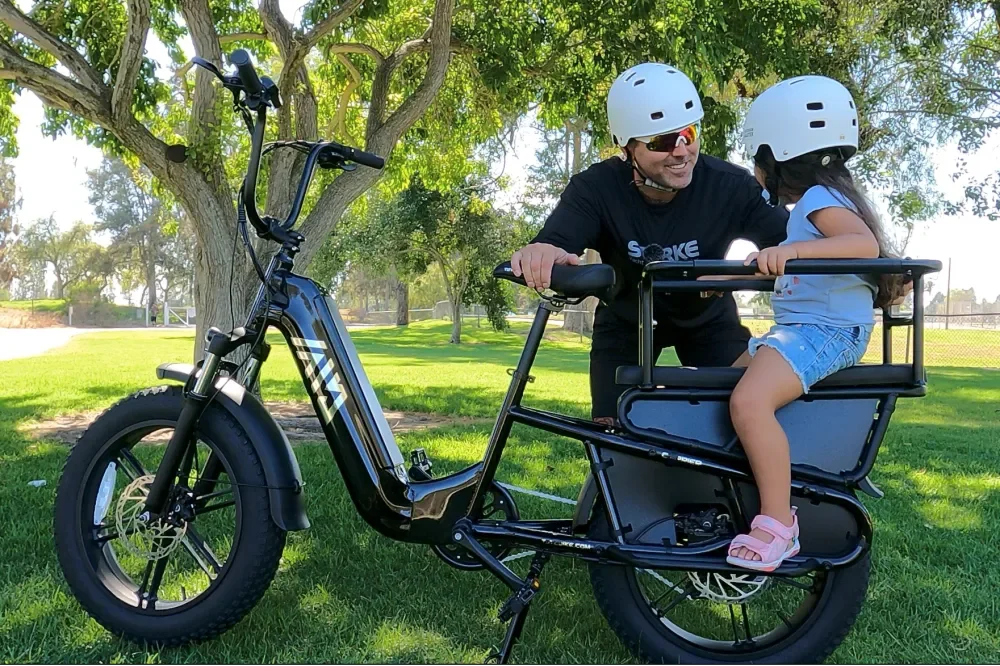
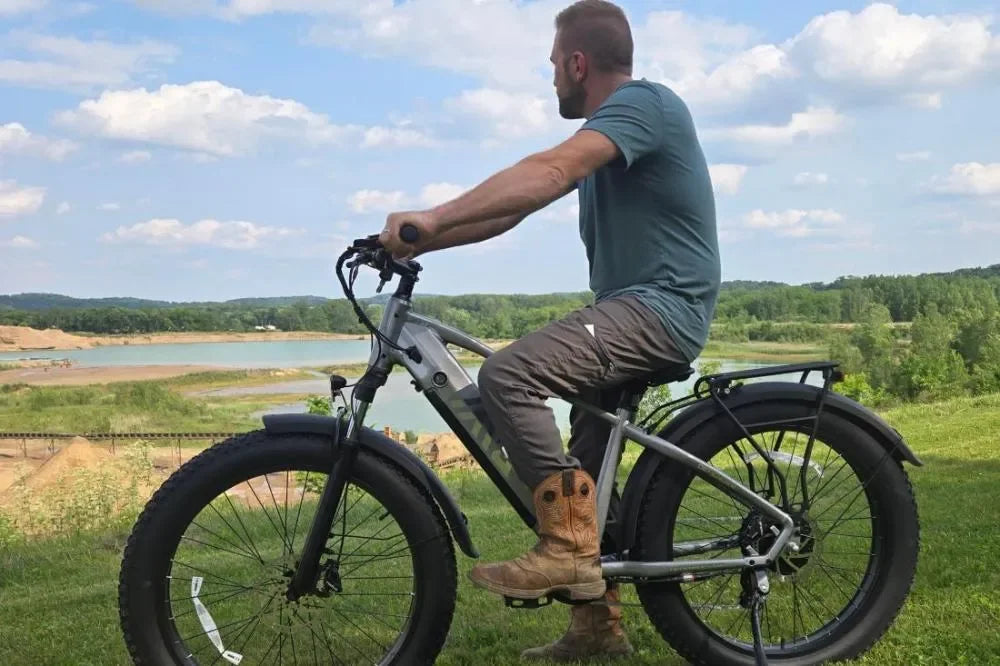
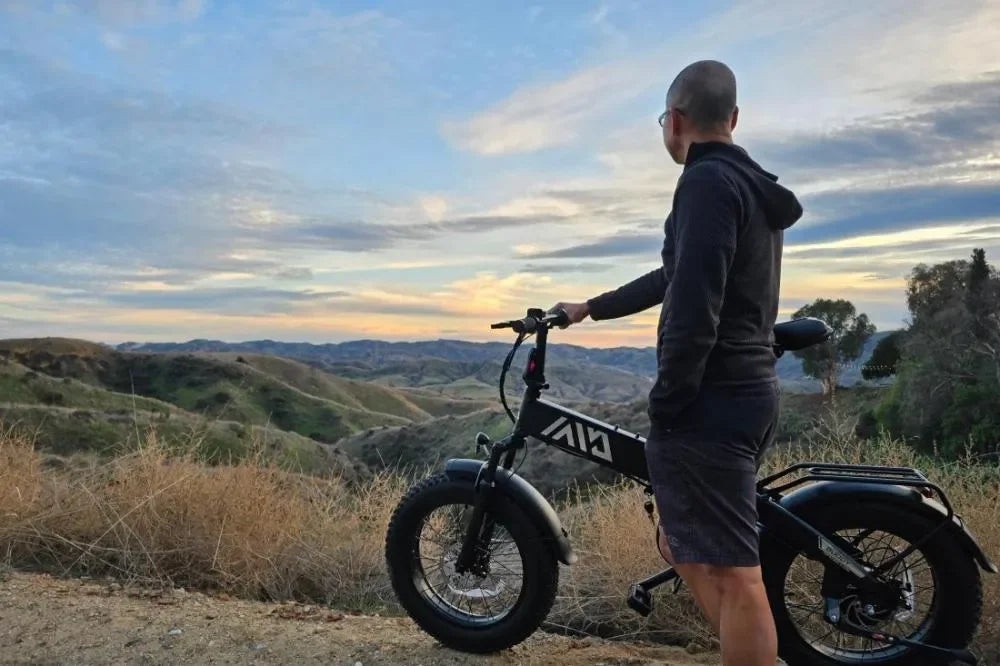
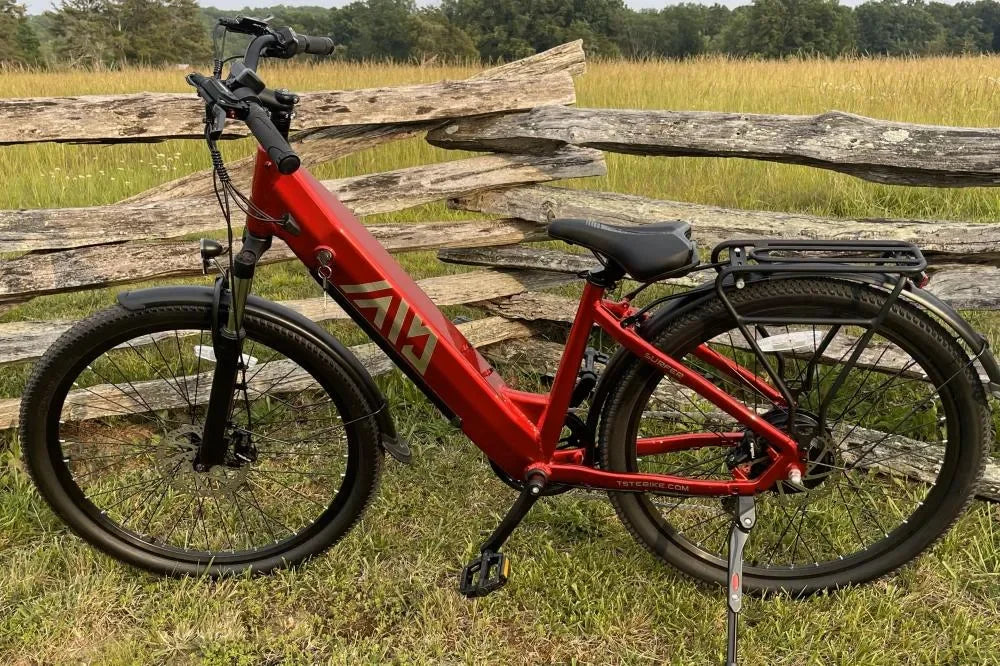
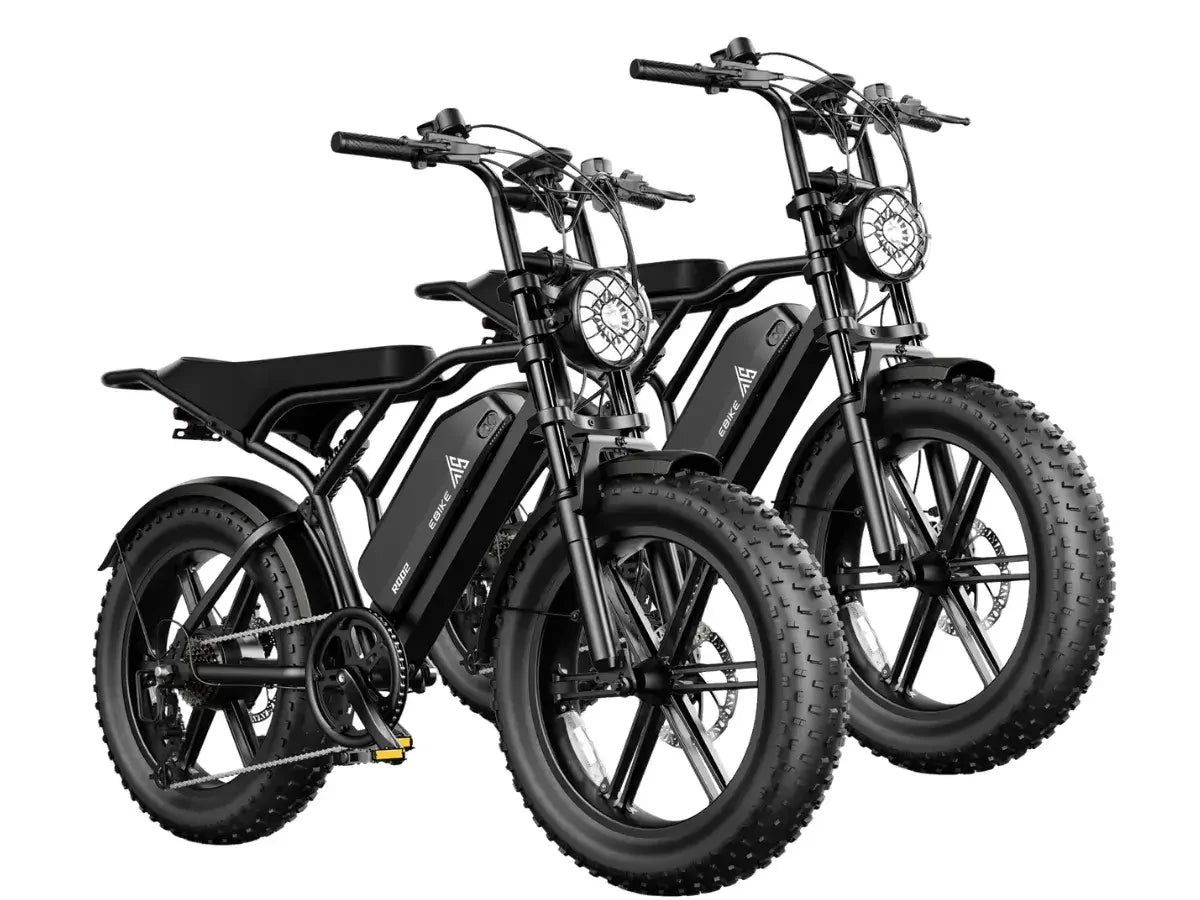
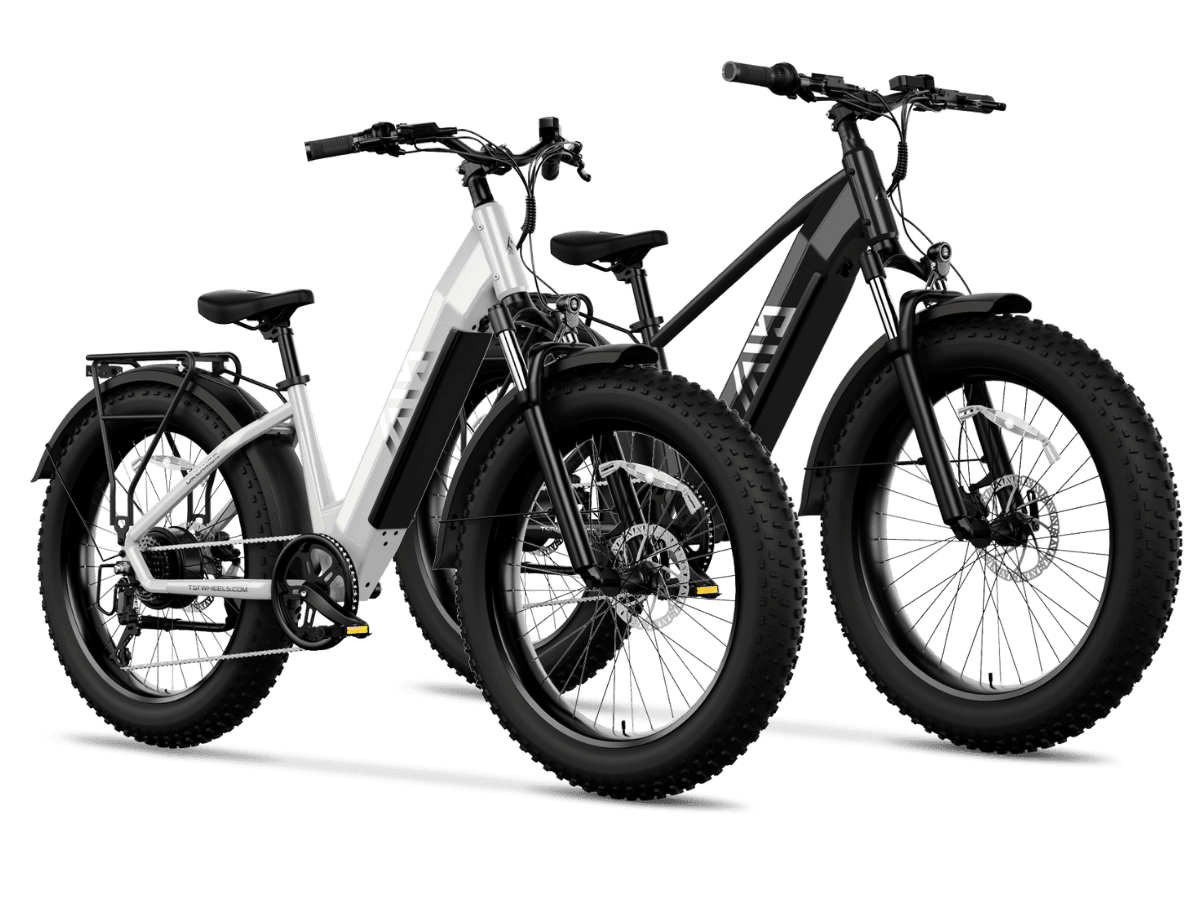
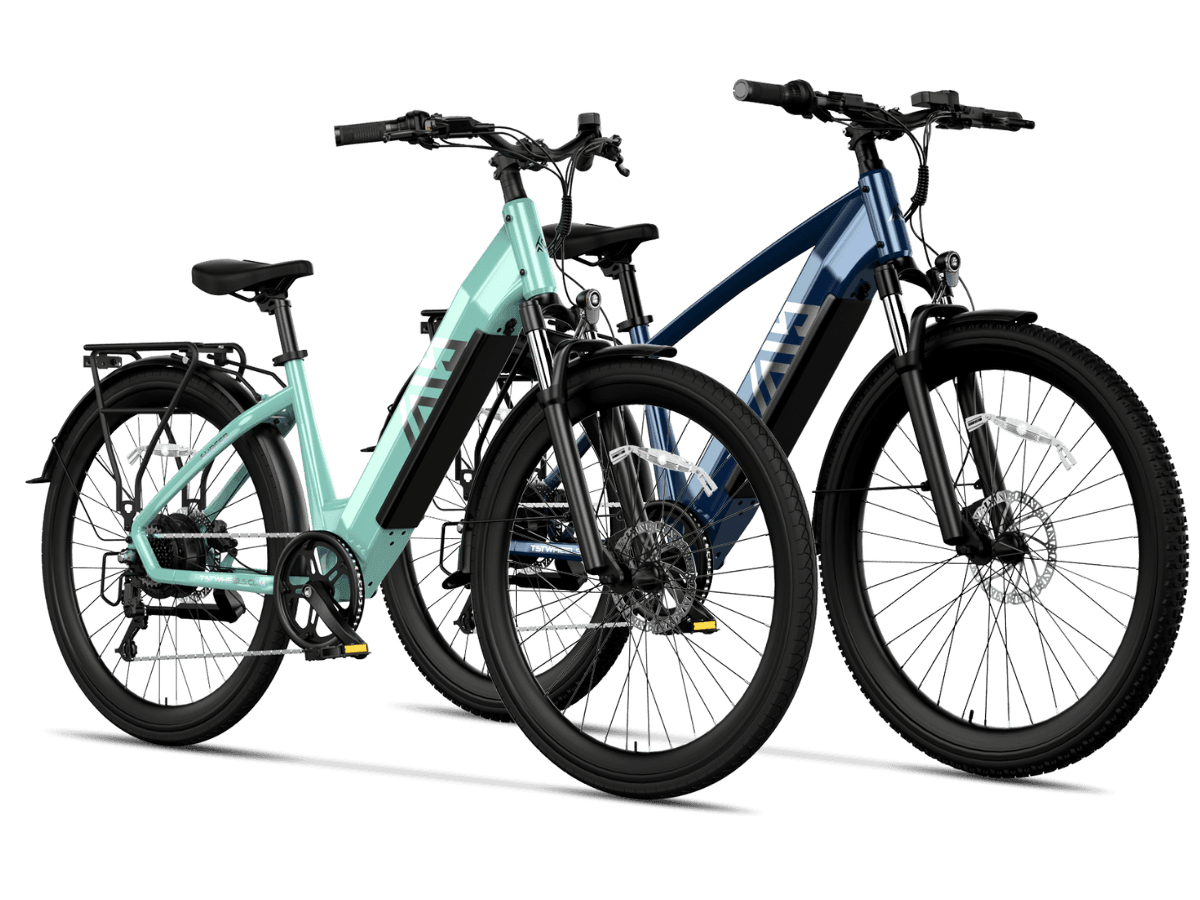
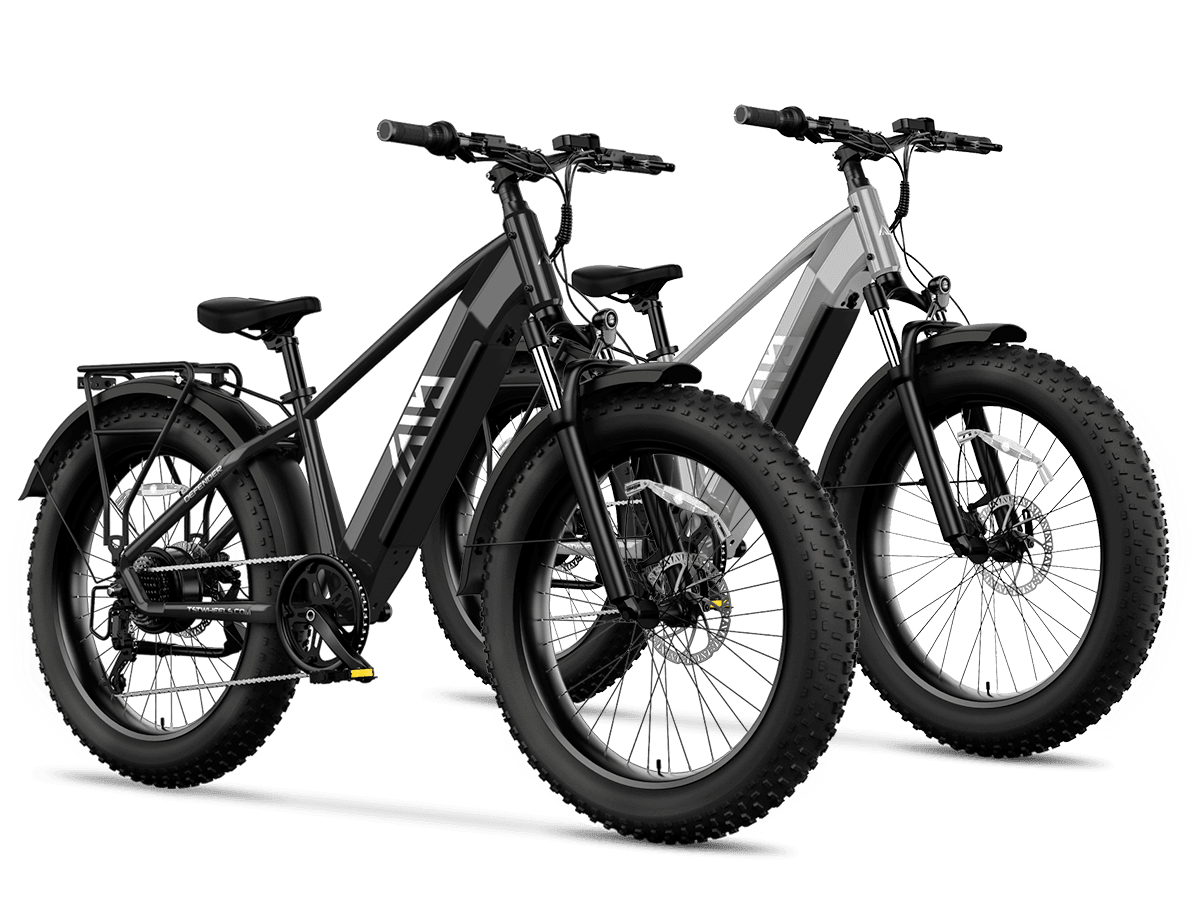
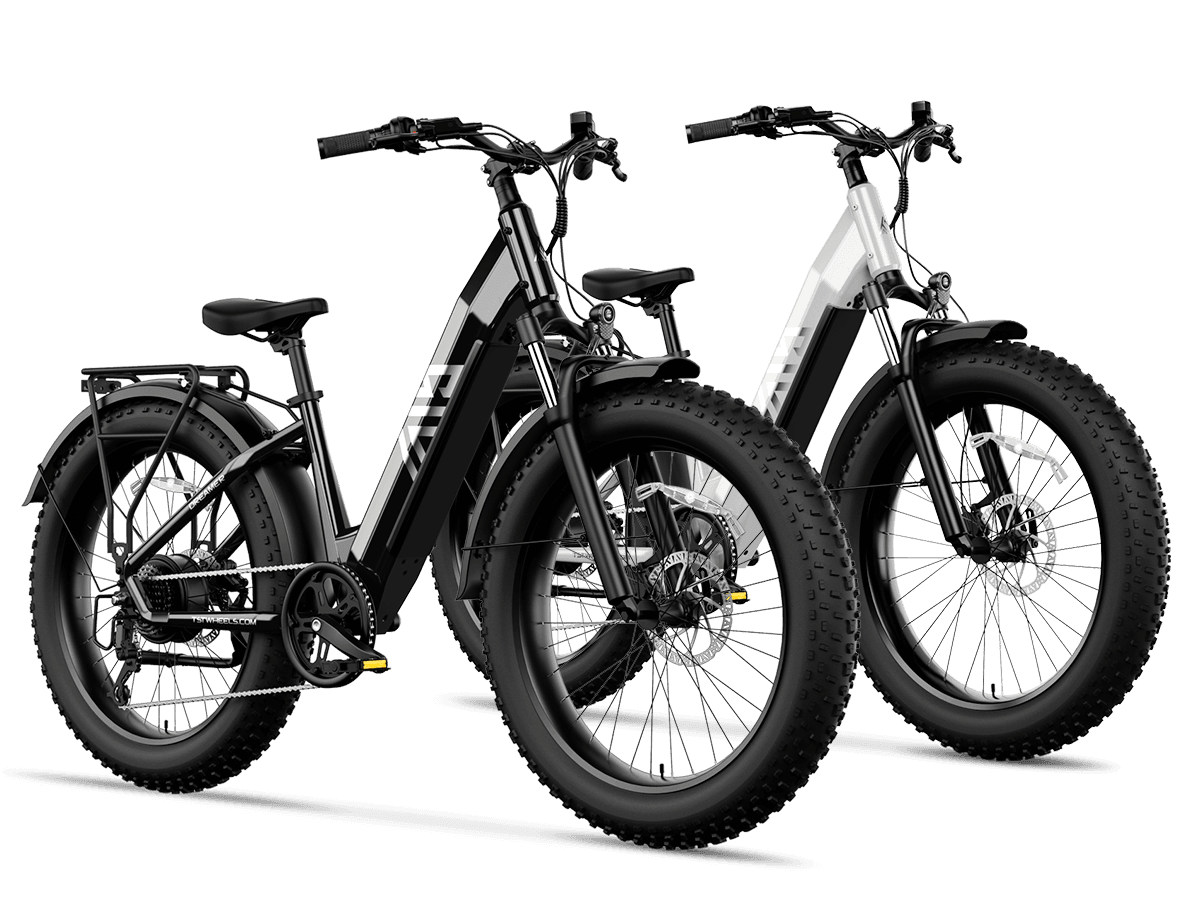
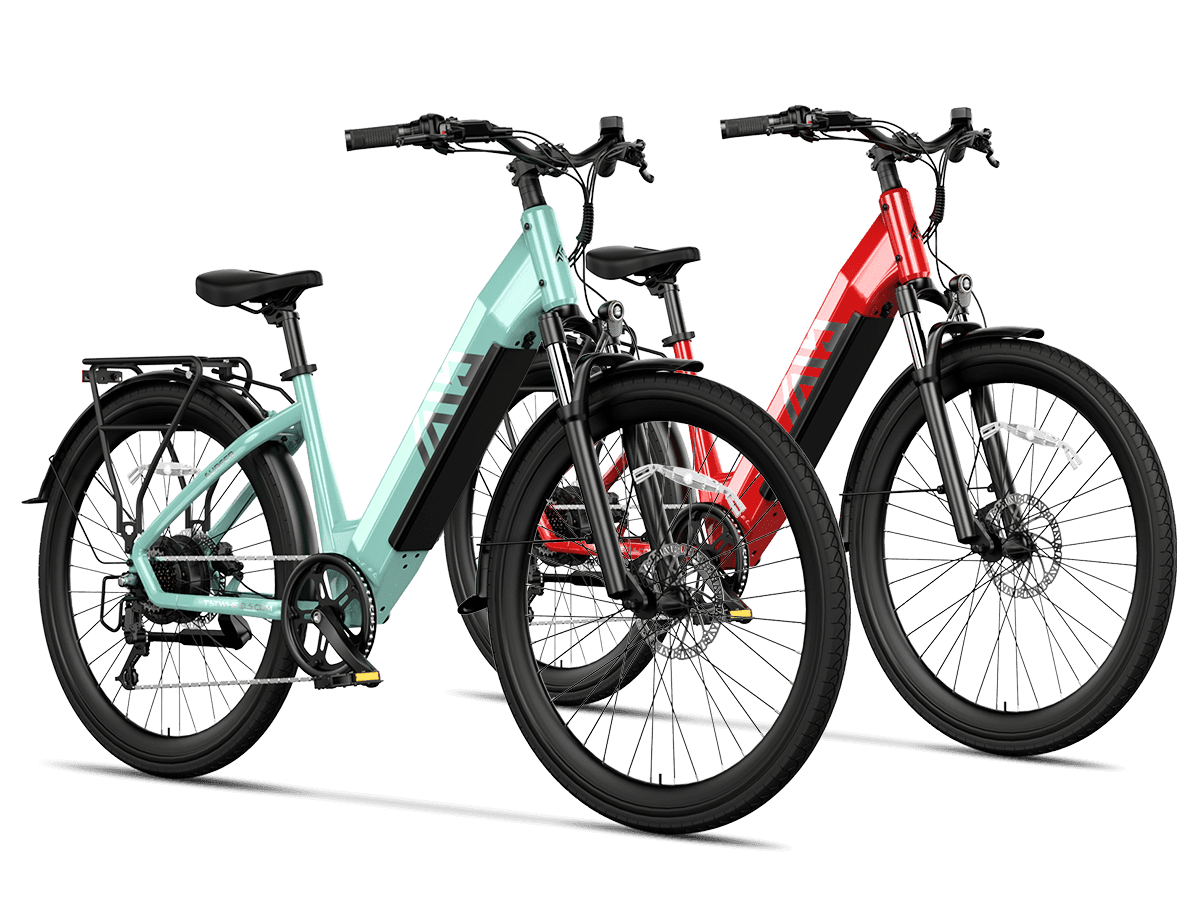
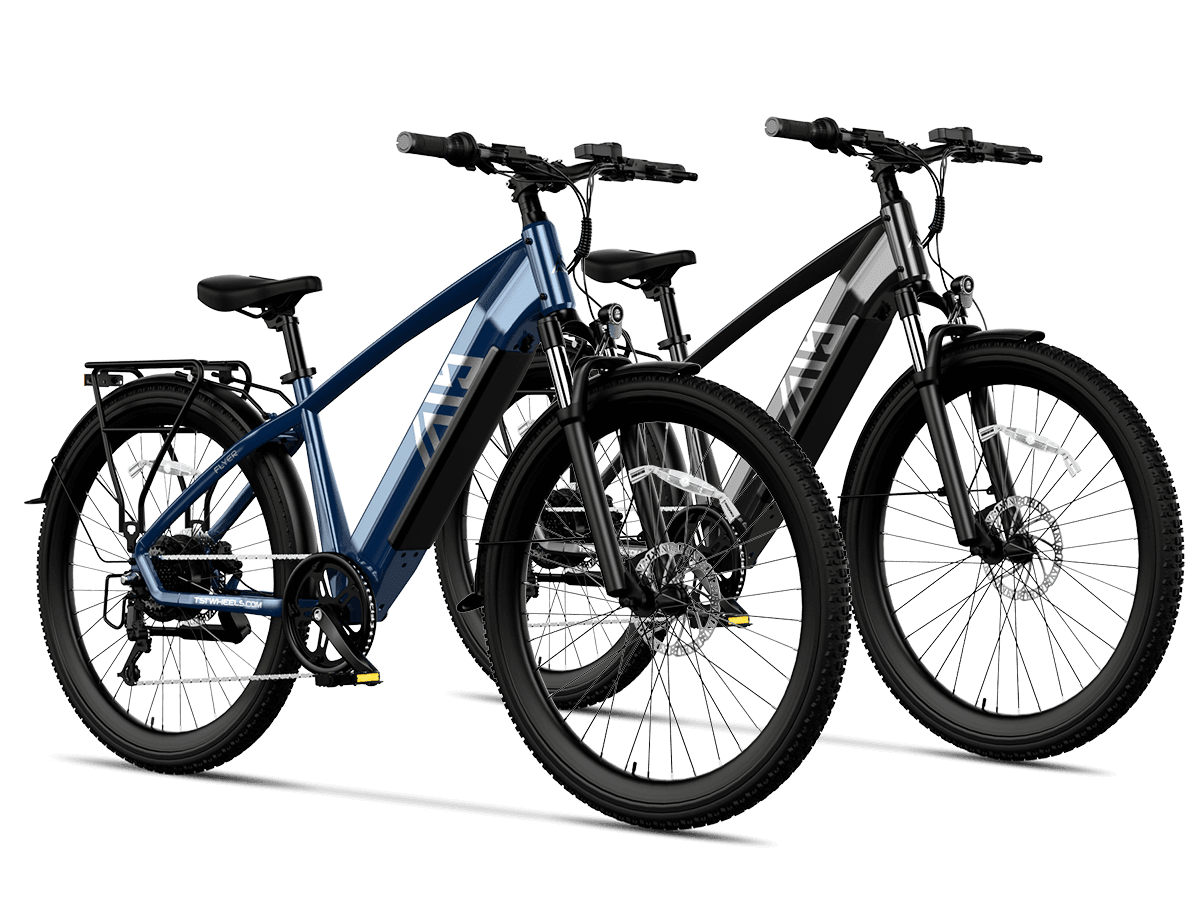

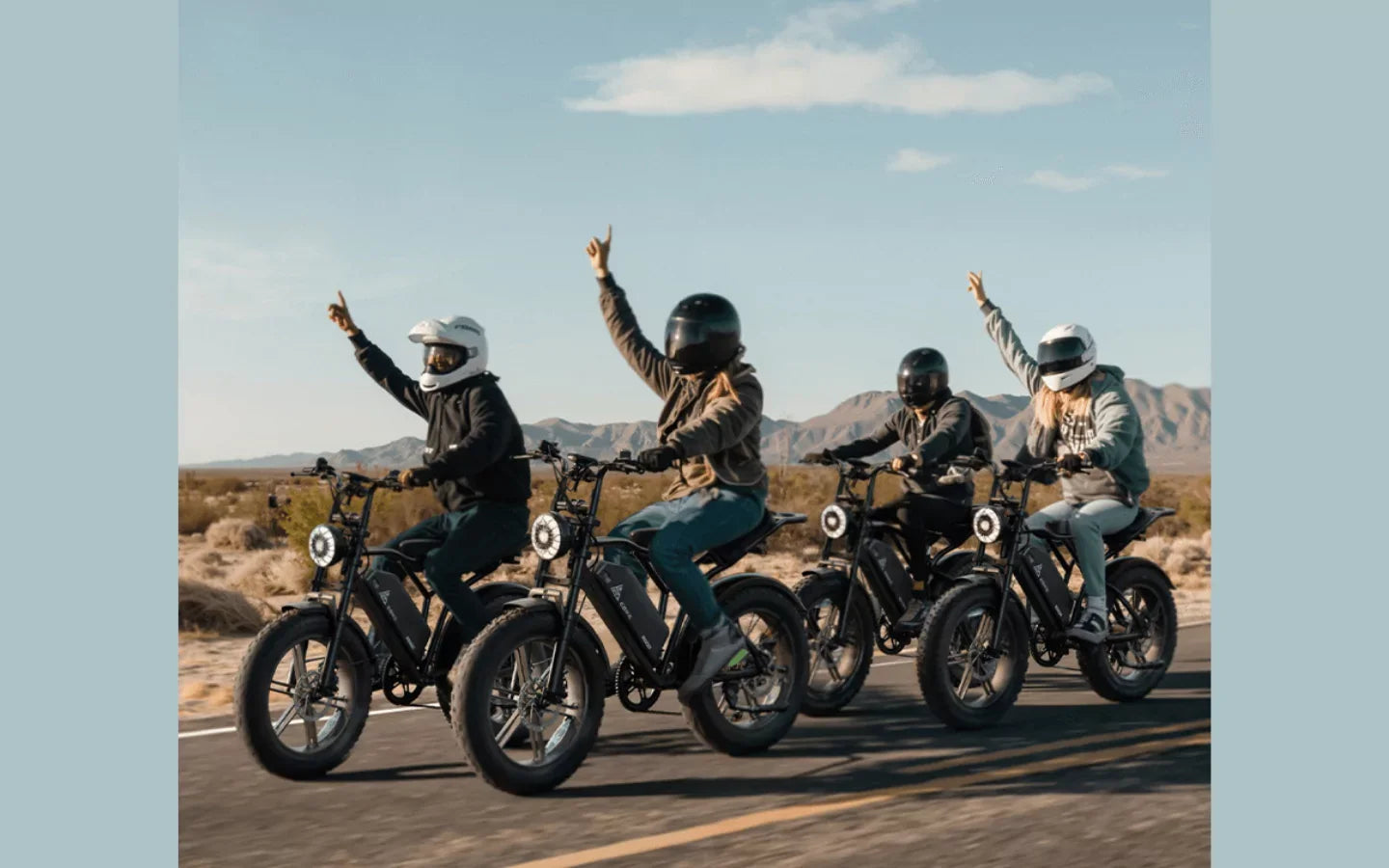
Leave a comment
This site is protected by hCaptcha and the hCaptcha Privacy Policy and Terms of Service apply.